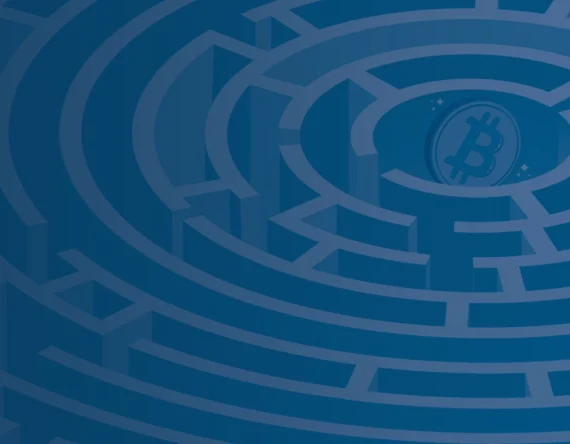Narrow by

Insight
Lexology Index Arbitration Thought Leader Q&A: Neil Ashton
Lexology Index

Insight
Assessing the Iranian Cyber Arsenal: Post “12 Day War” Threat to Your Company
Client Alert

Insight
Podcast: Bridging Government and Commercial Cybersecurity
SafeHouse Podcast

Insight
AI-Powered AML: Revolutionizing Financial Crime Compliance
Client Alert

Insight
Remediation Still Reigns Despite DOJ’s White Collar Shake-Up
Law360

Insight
Podcast: Defending National Infrastructure in a Rapidly Evolving Threat Landscape
SafeHouse Podcast

Insight
Tariffs, Turbulence And The Strategic Role Of The Board
Corporate Board Member

Insight
Is a Fraud Pandemic Around the Corner?
Accounting Today

Insight
Cyber Pulse: H1 2025 Threat Landscape Review
Client Alert

Insight
Fraud & Asset Tracing 2025: UK Trends and Developments
Chambers and Partners




